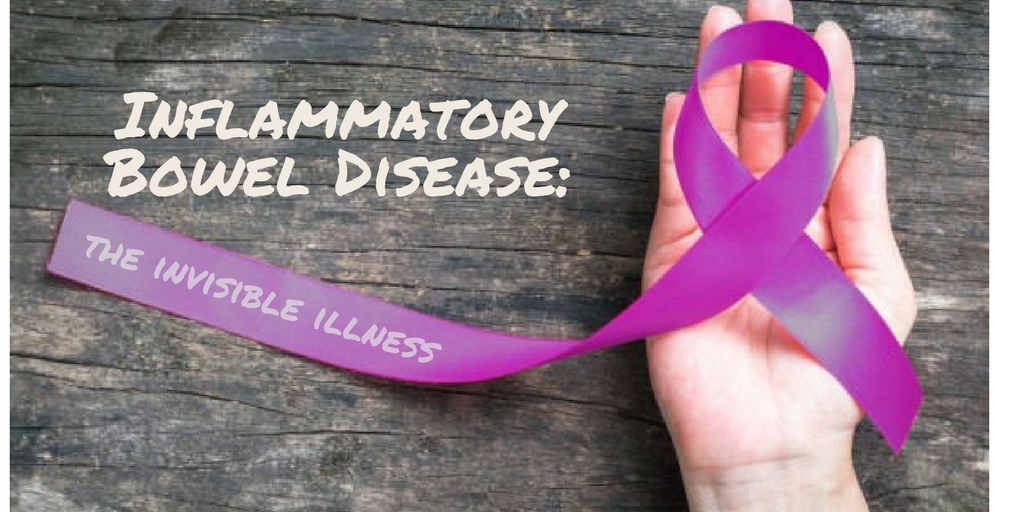
What was the inspiration behind your book?
As a scientist interested in the gut-brain links in IBD, I collect articles on the topic. There are hundreds of them scattered around my various computer drives. One particularly rainy summer, when I still lived in York, I thought I should organise these articles and collate my scribbled notes into something meaningful, so that I could use it for my future papers. However, this organisational task proved more entertaining than I initially predicted. I found some fascinating studies I forgot about, and as I read on I thought: There is so much out there. It must be hard to make sense of it when one is a patient. Many of the papers also triggered some memories from my own experience as an IBD patient, negotiating my way through the healthcare systems of the three countries in which I have lived. That’s how the book came about, though until it was finished I considered it merely my personal diary, a collection of interesting studies and anecdotes. I then showed this manuscript to a friend, another IBD psychologist, who enjoyed reading it and encouraged me to publish it. And the rest, as they say, is history.
What was the most challenging part of writing the book?
It was to move away from scientific writing, to make what I write interesting and accessible to a lay person, but also, more importantly, sharing my life story. I do not hide that I have IBD but in this book I go beyond merely admitting I am a patient as well as a health professional. I discuss my symptoms and recall a bit of my family history. I believe these snippets from my own life make the story I tell more real but as is the case when one chooses to share their private matters with the whole world I feel vulnerable, and that’s not always pleasant.
What has been the most satisfying part of the writing process?
The most difficult part – sharing my life stories – was also the most fulfilling. When I decided this manuscript would become a book, I wanted to make it different to a book about IBD written by a health professional. But I also wanted to offer my readers more than my own stories, to go beyond ‘Me and my IBD’ narrative. I reached to what I love, science, and I merged interesting science findings about IBD with something personal. I hope I found a happy compromise in combining the perspectives of a patient, psychologist and scientist.
 Did anything surprise you while writing IBD and the Gut-Brain Connection?
Did anything surprise you while writing IBD and the Gut-Brain Connection?
Not the science itself because that’s my daily bread but the amount of the data, the presence of mutually exclusive recommendations. I followed the principles of evidence-based medicine to interpret what I read for the readers without a medical background. But nothing, even in science, is completely objective. I introduced the readers to systematic reviews, a scientific technique to try to make sense of the many studies out there and being critical about the evidence which surrounds us. I hope people find this technique of filtering evidence useful. On the other hand, I decided to also include my completely subjective perspective on IBD when I shared my own stories. The truth is somewhere on the verge of science and a personal human experience, I think.
What sort of people would benefit most by reading your book?
The book is addressed to patients living with IBD, their family and friends, to people of all ages and educational backgrounds, to anyone who wants to learn more about this fascinating condition. The brain-gut links and the gut bacteria have finally become topical and I feel really privileged to be able to speak openly about the gut health. Who would dare to discuss bowel movements publicly a few generations ago? Now, it’s becoming normal and I am happy to be part of this social revolution.
If you would like to learn more about IBD and the Gut-Brain Connection, the first chapter of Antonina’s book is available to read here.

